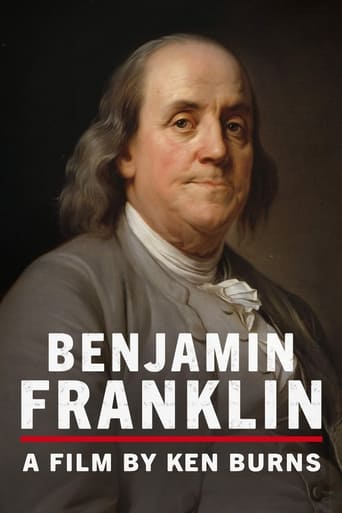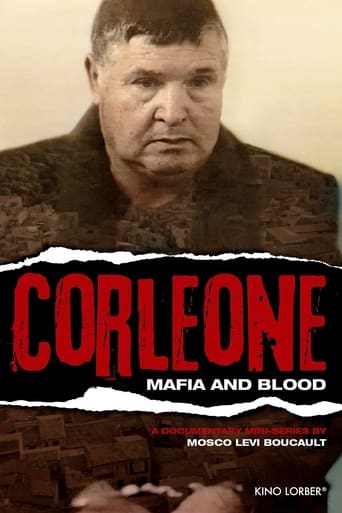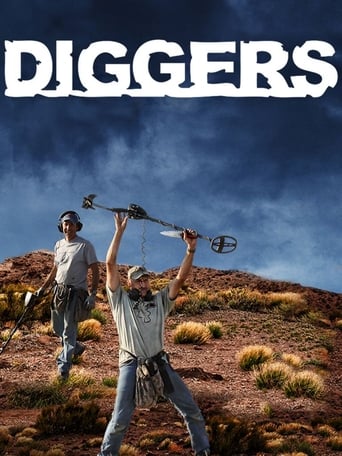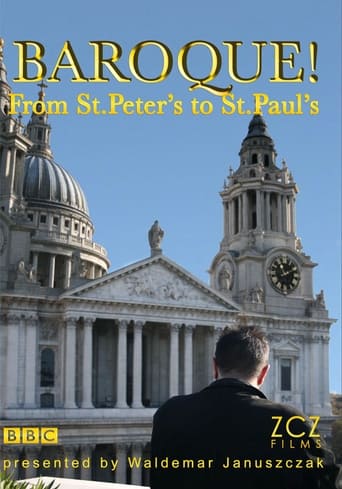
Rating:
5/10 by 2 users
Rebuilding Ancient Rome (2015)
Supported by stunning 3D graphics, Dr. Darius Arya explains the purpose and architectural significance of ancient Roman buildings.
Writing:
Release Date:
Thu, Jan 01, 2015
Country:
Language: En | It
Runtime:
Country:
Language: En | It
Runtime:
Darius Arya
Presenter
Season 1:

Archaeologist Dr. Darius Arya tells us that Emperor Augustus declared peace throughout the Roman Empire and commissions the Ara Pacis (Altar of Peace) to commemorate the occasion. The animator working on the 3D model explains the painted sculptures and the layout of the Ancient Roman monument.

Dr. Darius Arya explains how the Roman Baths functioned with radiant heating and recounts the importance of the Roman Baths in the daily life of Ancient Rome.

Dr. Darius Arya, archaeologist, tells us that one of Rome's oldest monuments, the Circus, was the biggest sporting venue in the ancient world and continues to be one of the largest venues ever built. It held at least 150,000 spectators. The team working on the 3D model, explain the reconstruction. (TV Episode 2015)

Dr. Darius Arya, tells us that Nero confiscated the site of the Colosseum to build his Golden House. The Flavian Emperors took the land back and buiIt a sports arena. In the Middle Ages, the Colosseum was named after the "colossal" statue (originally of Nero) that stood in front of it.

Dr. Darius Arya offers an account of the Senate and how it burnt down several times. He explains how much of the ancient city was recycled in later phases of building. The Senate's original doors can be seen today on the Church of San Giovanni.

Archaeologist, Dr. Darius Arya, recounts that after the great fire of 64 AD, Emperor Nero took a third of the city to build his Golden House. It was the most opulent palace in all of Rome, if not the entire ancient world, with a lake and vaulted, decorated ceilings among other features.

Dr. Arya discusses when and why the Forum of Augustus was constructed. It became the model for all other forums created after it. Fires were so frequent in the ancient city that Augustus protected his forum with an enormous fire-proof wall.

The Forum of Peace housed the Forma Urbis. The Forma Urbis was an extremely detailed map of the ancient city. It is the basis for the majority of all reconstructions made of Ancient Rome. Animators of the 3D model explain the research behind the reconstruction of this Ancient Roman monument.

Dr., Darius Arya tells us that Emperor Trajan commissioned an enormous hexagonal port at Ostia to bring goods to Rome. The construction of the harbor changed the Italian coastline. The animator working on the 3D model, explains the research behind the reconstruction of the harbor at Ostia.

Ostia Antica started as a fort near the sea along the Tiber River, but as Dr. Arya tell us, it grew to a large city supplying Rome with trade goods from around the world. The population required housing in multi-story buildings shown in their current and past states in 3D animation.

Dr. Arya tells us the history of the Pantheon, dedicated to the pantheon of Roman Gods. Apollodorus of Damascus created the Pantheon structural support for this famous building, the largest unreinforced concrete dome in the world. It survives today because it was turned into a church.

Dr. Darius Arya, standing in modern Piazza Navona, brings the ancient Roman athletic competition to life in this history of the Stadium of Domitian, built as part of Emperor Domitian's (51-96 AD) palace. 3D reconstruction of the stadium is seen in its original location on the Palatine Hill.

The Temple of Jupiter was the most important temple in the ancient city. To the Romans, this temple was a symbol of their power and supremacy. The animator reconstructing the 3D model explains the research behind the 3D reconstruction of the Ancient Roman temple dedicated to Jupiter.

Dr. Darius Arya explains that the Roman Forum was once the center of commercial, religious and political life. The team working on the wire frame for the 3D models explain the research behind the reconstruction of the monuments in the Forum.

Dr. Darius Arya tells the fascinating story of Pompey the Great, who cleverly got around Roman law to build his Theater, a symbol of his wealth and power.






















